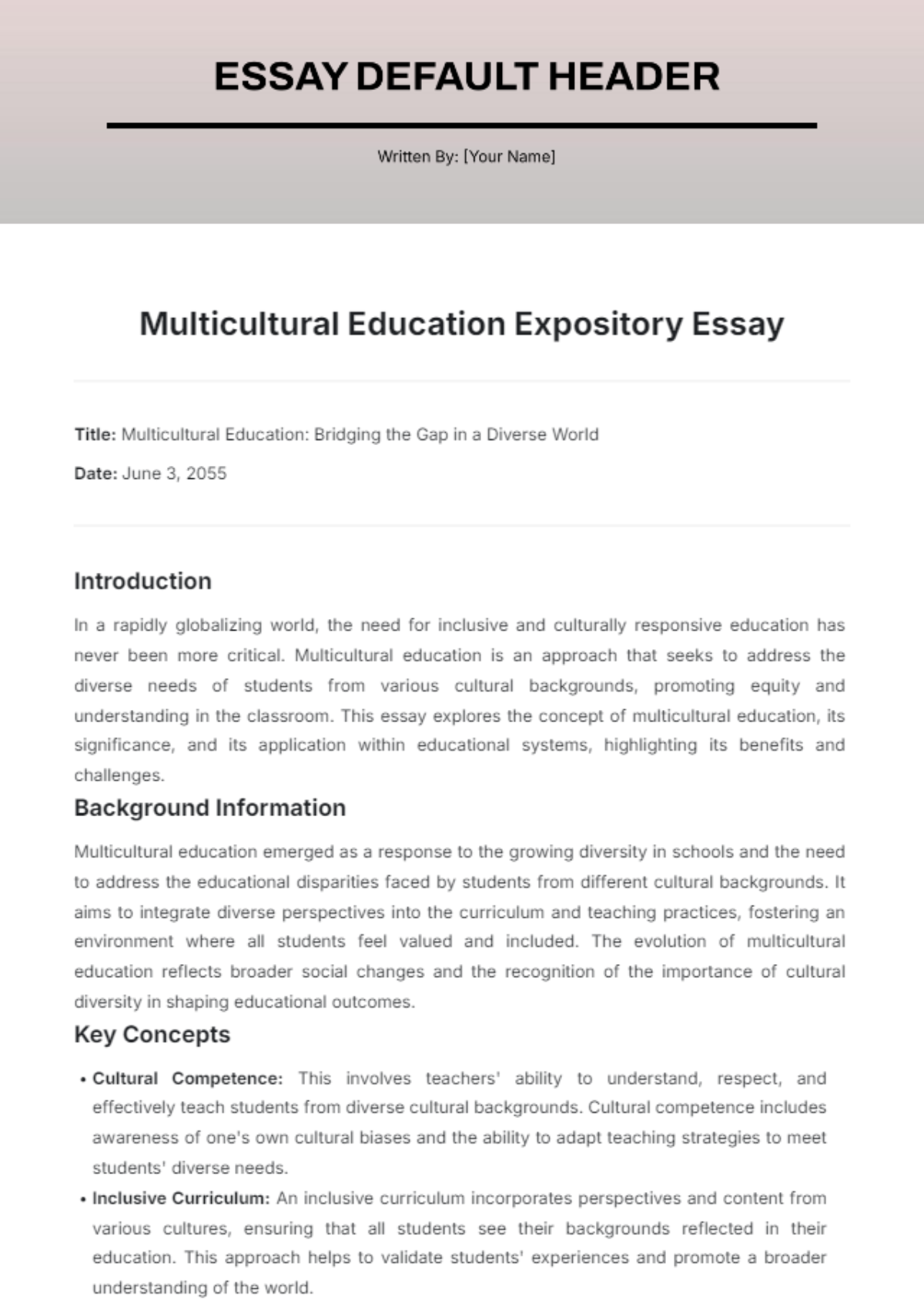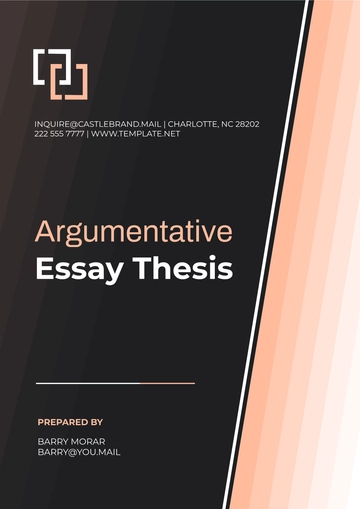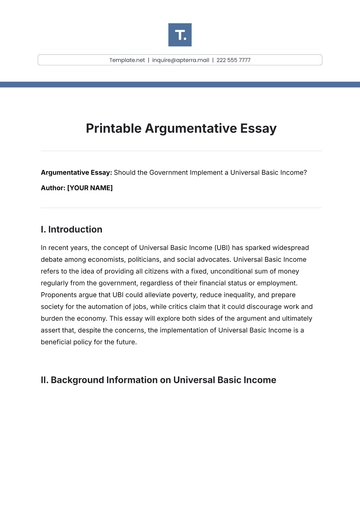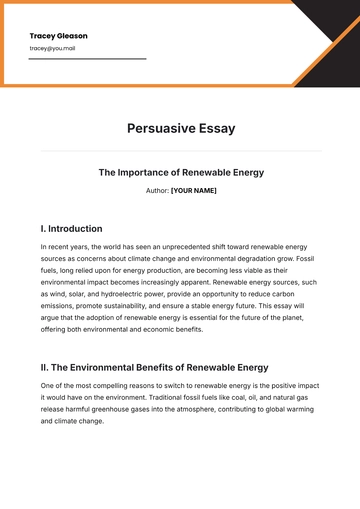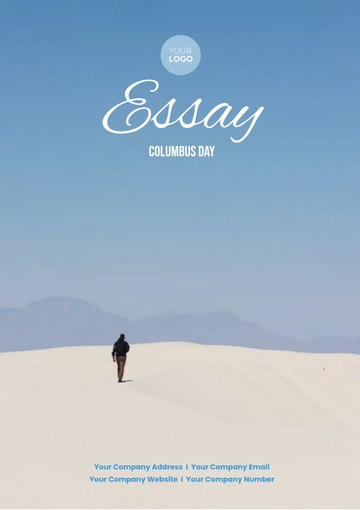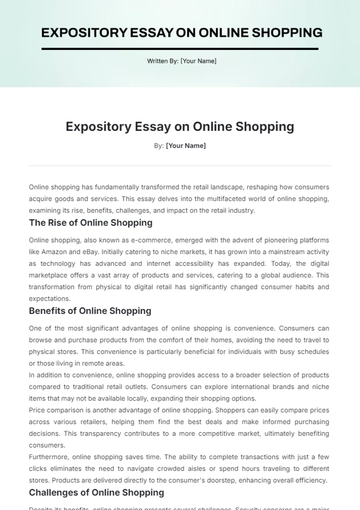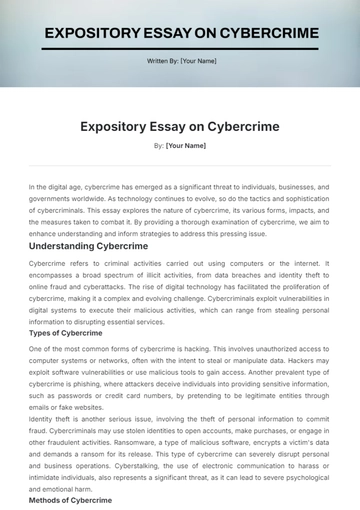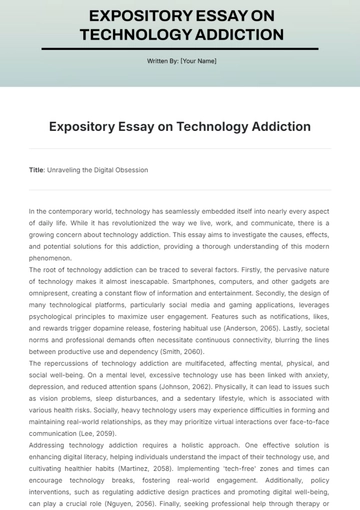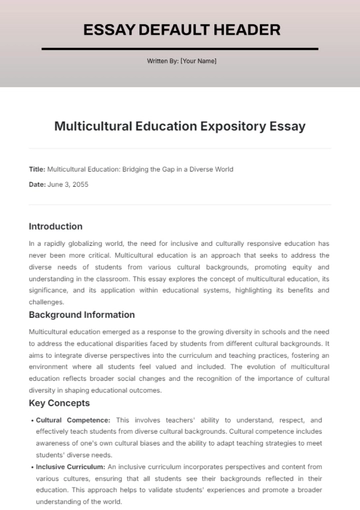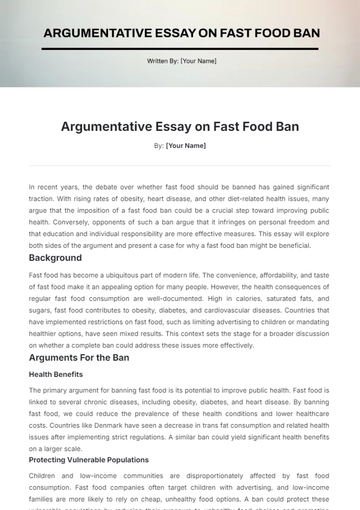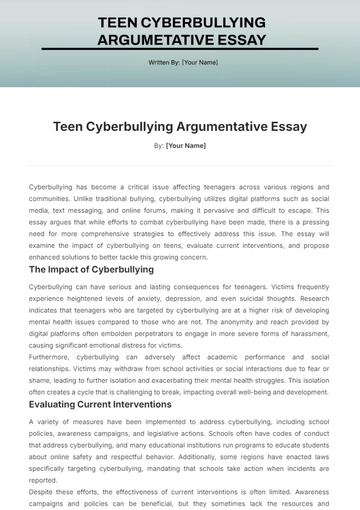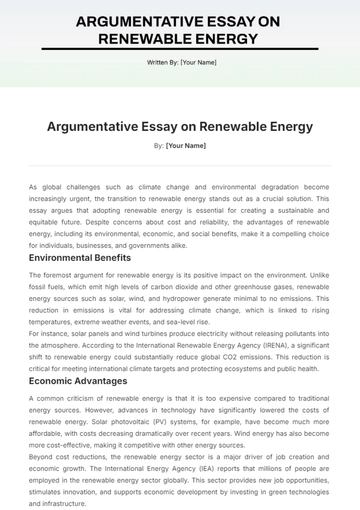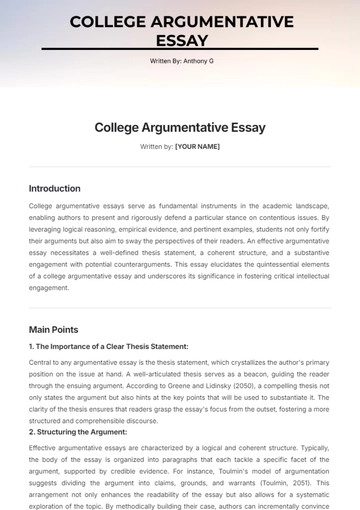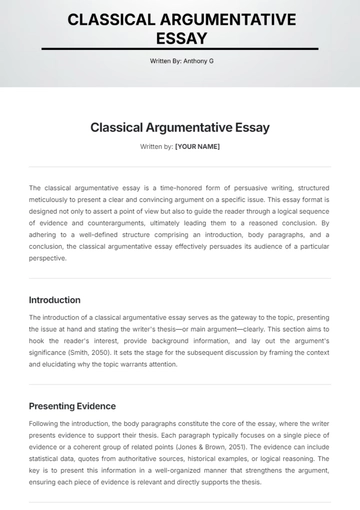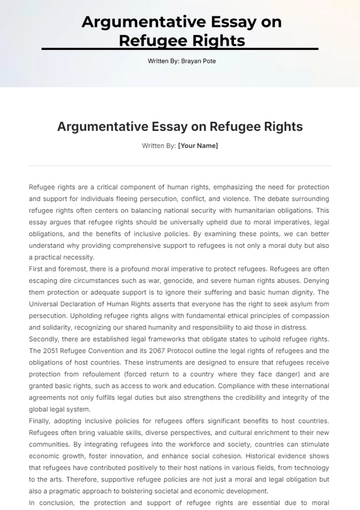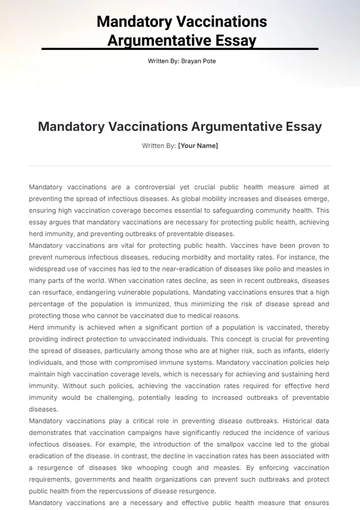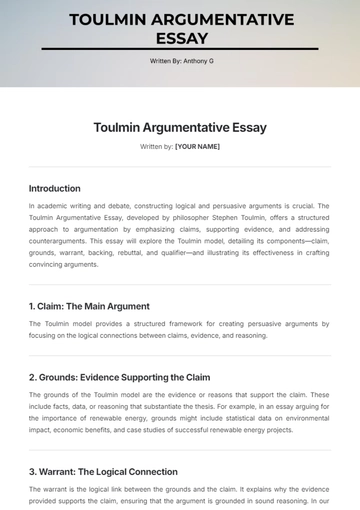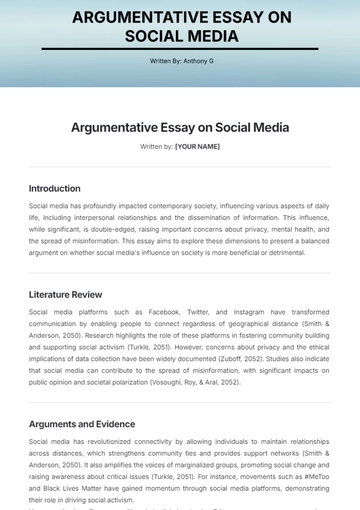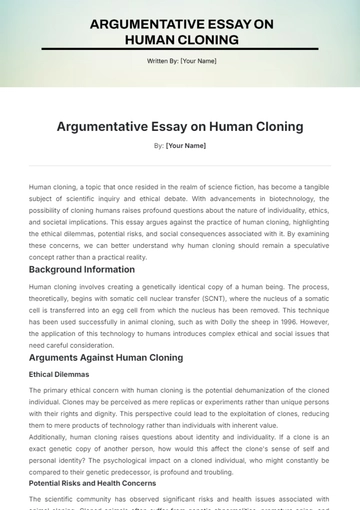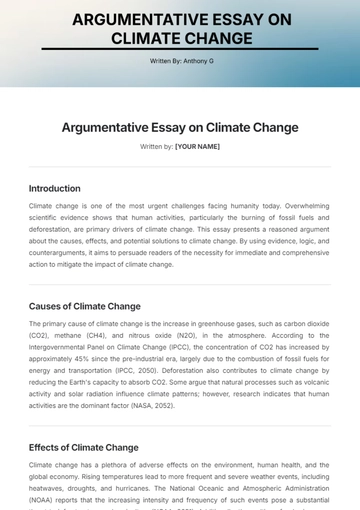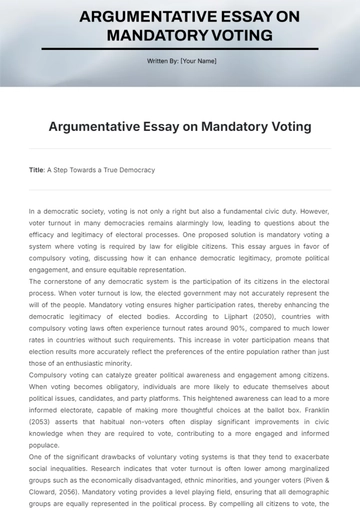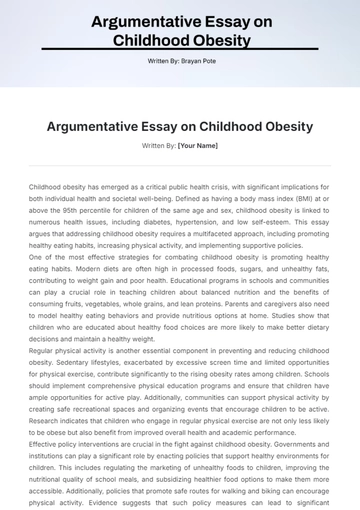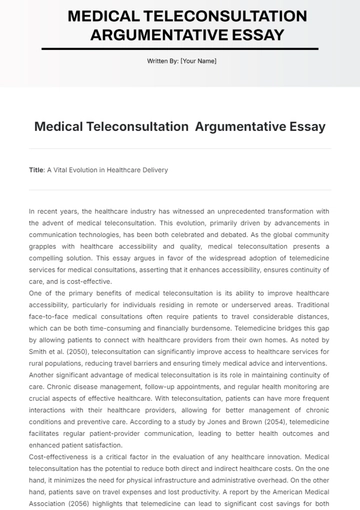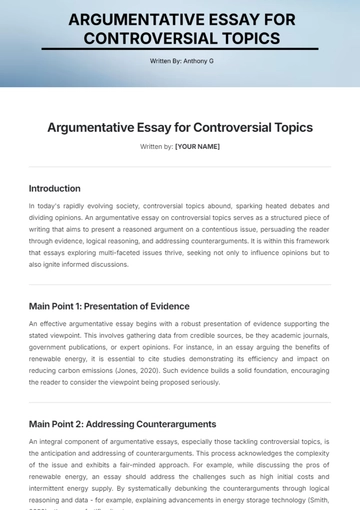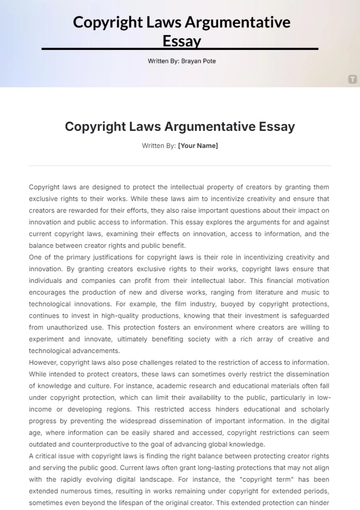Multicultural Education Expository Essay
Title: Multicultural Education: Bridging the Gap in a Diverse World
Date: June 3, 2055
Introduction
In a rapidly globalizing world, the need for inclusive and culturally responsive education has never been more critical. Multicultural education is an approach that seeks to address the diverse needs of students from various cultural backgrounds, promoting equity and understanding in the classroom. This essay explores the concept of multicultural education, its significance, and its application within educational systems, highlighting its benefits and challenges.
Background Information
Multicultural education emerged as a response to the growing diversity in schools and the need to address the educational disparities faced by students from different cultural backgrounds. It aims to integrate diverse perspectives into the curriculum and teaching practices, fostering an environment where all students feel valued and included. The evolution of multicultural education reflects broader social changes and the recognition of the importance of cultural diversity in shaping educational outcomes.
Key Concepts
Cultural Competence: This involves teachers' ability to understand, respect, and effectively teach students from diverse cultural backgrounds. Cultural competence includes awareness of one's own cultural biases and the ability to adapt teaching strategies to meet students' diverse needs.
Analysis
Curriculum Design plays a crucial role in ensuring that content is diverse and representative. By including texts, histories, and perspectives from various cultures, educators can create a more engaging and relevant learning experience for all students.
Student Outcomes can be positively influenced by multicultural education. Research indicates that students in multicultural classrooms often demonstrate improved academic performance, greater cultural awareness, and enhanced social skills. By fostering an environment of inclusivity and respect, multicultural education helps students develop a more nuanced understanding of the world.
Case Studies/Examples
Case Study 1: A Diverse Classroom Initiative - In a primary school with a high percentage of students from non-English-speaking backgrounds, teachers implemented a multicultural curriculum that included literature from various cultures. The result was a significant increase in student engagement and academic achievement.
Case Study 2: Culturally Responsive Pedagogy - A secondary school adopted culturally responsive teaching methods, including the use of culturally relevant examples and collaborative learning strategies. This approach led to improved student-teacher relationships and a more inclusive classroom environment.
Challenges and Solutions
Despite its benefits, multicultural education faces several challenges.
Solutions include providing professional development for educators to enhance their cultural competence, investing in diverse educational resources, and actively involving parents and communities in the educational process. Addressing these challenges requires a concerted effort from all stakeholders in the education system.
Conclusion
Multicultural education is a vital component of modern educational practices, promoting inclusivity and equity in diverse classrooms. By integrating diverse perspectives into the curriculum and adapting teaching methods, educators can create a more inclusive and effective learning environment. While challenges exist, addressing them through targeted solutions can enhance the benefits of multicultural education, preparing students to thrive in a diverse and interconnected world.
Bibliography
Banks, J. A., & Banks, C. A. M. (Eds.). (2050). Multicultural Education: Issues and Perspectives (10th ed.). Wiley.
Gay, G. (2051). Culturally Responsive Teaching: Theory, Research, and Practice (3rd ed.). Teachers College Press.
Ladson-Billings, G. (2052). Toward a theory of culturally relevant pedagogy. American Educational Research Journal, 32(3), 465-491.
Essay Templates @ Template.net
